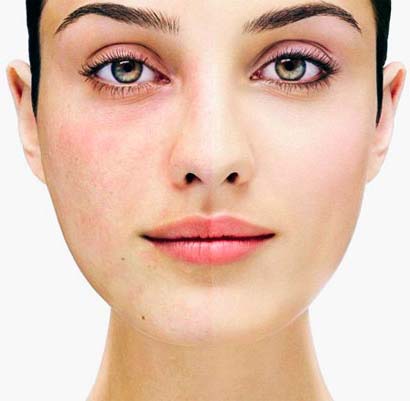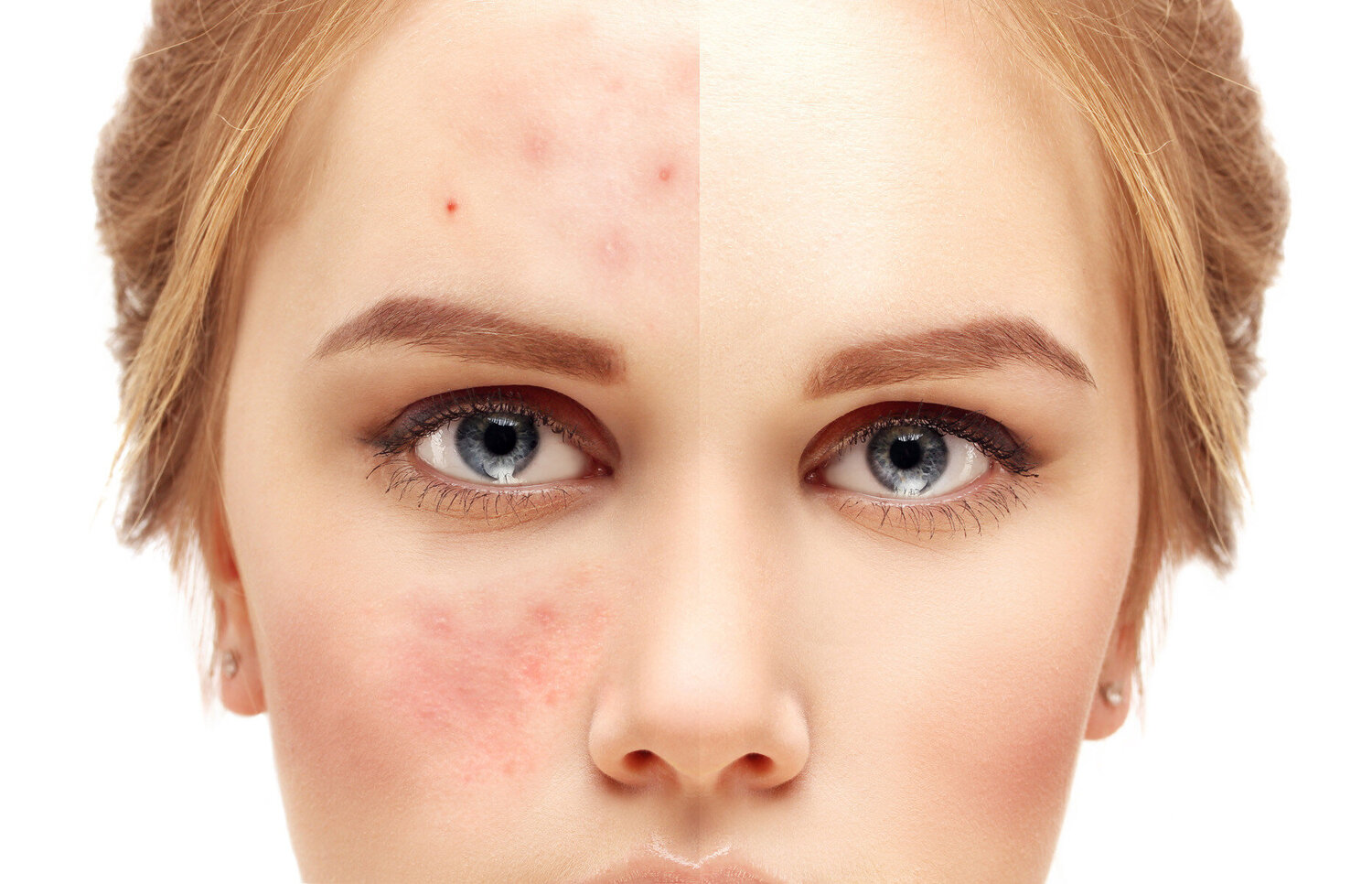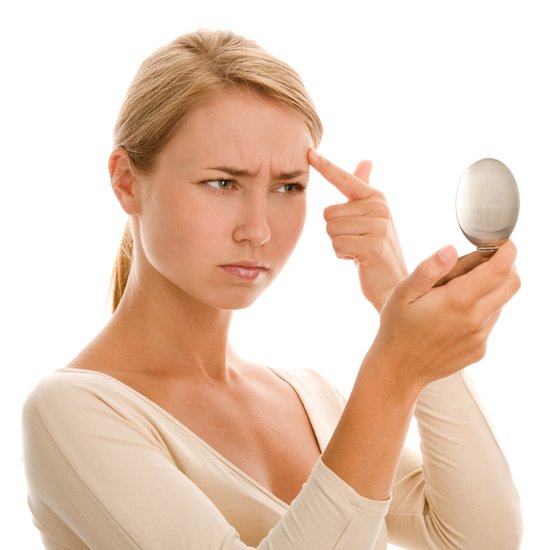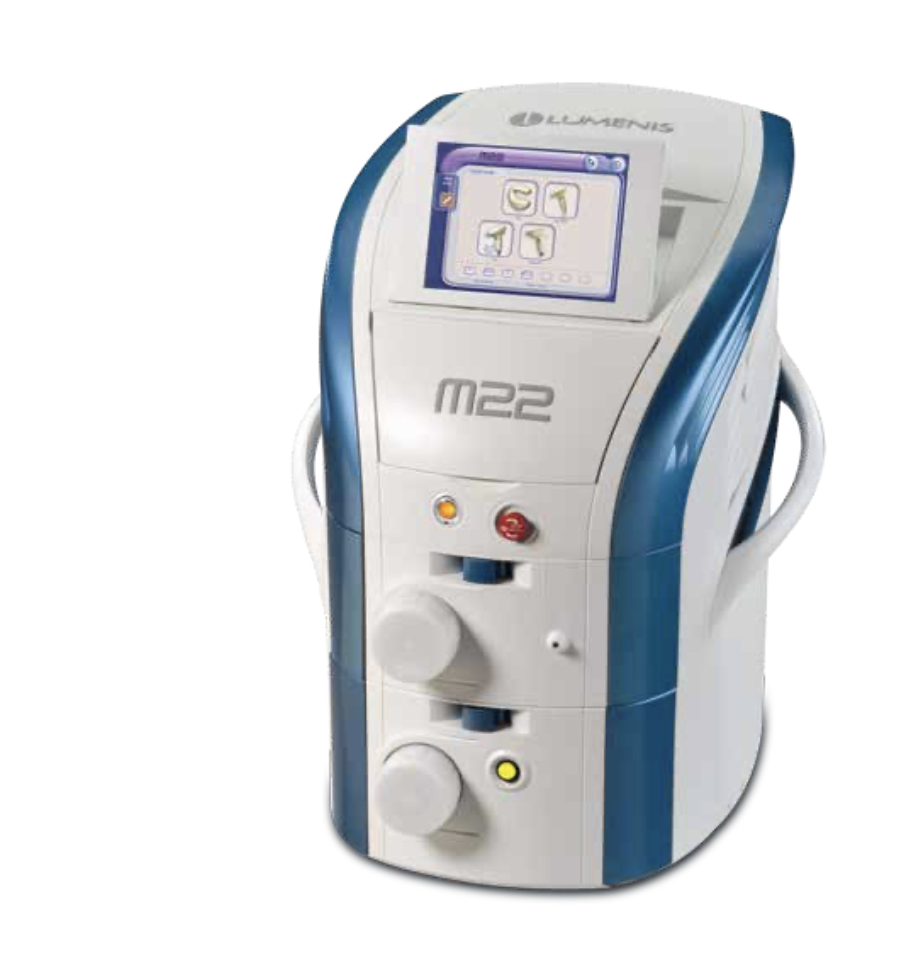Redness of the face and visible capillaries are common skin problems among Nordic women. People often think it is something one just has to accept. However, actually there has long been a simple and painless cure for the annoying skin condition.
What is rosacea?
Rosacea is a disorder characterised by red and hypersensitive skin that itches and feels unpleasantly tight. As the condition progresses, papules, pustules and dilated veins may appear. Rosacea is a chronic and escalating disease that occurs in about 10% of the population. The condition is usually most prominent on the centre of the face – forehead, cheeks, nose and chin.





